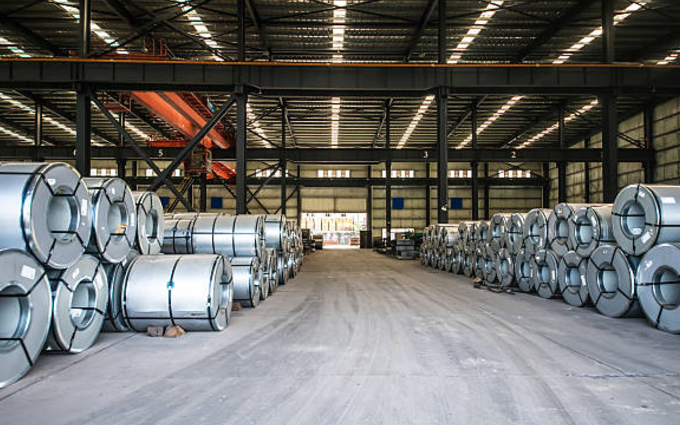
Posted on Thursday, August 8, 2024
Importing steel coils into Mexico involves navigating costs, tariffs, delivery logistics, and quality considerations.
The cost of importing steel coils depends on various factors such as:
Pro Tip: Request a detailed quote from suppliers, including shipping and insurance costs, to avoid unexpected charges.
Mexico applies tariffs and trade measures depending on the country of origin and trade agreements. Key considerations include:
Check the Harmonized Tariff Schedule (HTS) for Mexico and consult with a customs broker to confirm the applicable rates.
Efficient delivery of steel coils requires planning and coordination:
Pro Tip: Partner with a logistics company experienced in handling heavy industrial materials like steel.
Quality and specifications are critical when importing steel coils. Key factors to verify include:
Q: Are there restrictions on steel imports into Mexico? A: Mexico enforces quality and safety standards for imported steel. Ensure compliance with NOM regulations and other national standards.
Q: How long does it take to import steel coils into Mexico? A: Shipping time varies by origin but typically ranges from 3-6 weeks for sea freight. Customs clearance may add a few days.
Q: Do I need a customs broker? A: Yes, working with a licensed customs broker ensures proper classification, tariff calculation, and compliance with Mexican customs regulations.
Q: How can I reduce import costs? A: Leverage trade agreements like USMCA, bulk shipping discounts, and tax incentives where applicable.
Importing steel coils into Mexico can be a straightforward process with the right preparation. By understanding costs, tariffs, and delivery logistics, and ensuring quality control, you can avoid delays and unexpected expenses. Collaborate with experienced suppliers and logistics partners to streamline the process and ensure success.

Most Popular Roll Forming Machines in the United Kingdom
Posted on Thursday, December 11, 2025
This blog breaks down the five most in-demand roll forming machines in the UK

Can I Finance a Roll Forming Machine?
Posted on Thursday, December 11, 2025
Financing a roll forming machine is easier than most buyers think. Here’s how leases, loans, and payment plans make production affordable.

Roll Forming Machines for Sale in the UK: What Buyers Need to Know Before Purchasing
Posted on Thursday, December 11, 2025
This complete guide explains everything UK buyers must know before purchasing, including machine types, voltage requirements, CE/UKCA compliance

Roll Forming Machines for Sale in the USA: What Buyers Need to Know Before Purchasing
Posted on Wednesday, December 10, 2025
This guide explains everything U.S. buyers need to know before purchasing a roll forming machine, including machine types, pricing, voltage
Copyright 2026 © Machine Matcher.